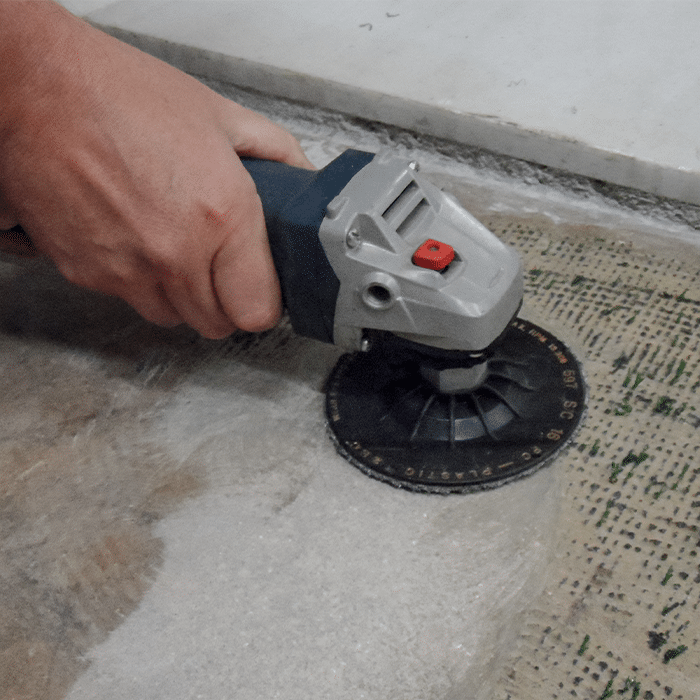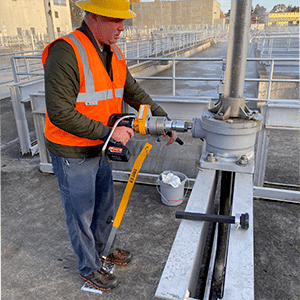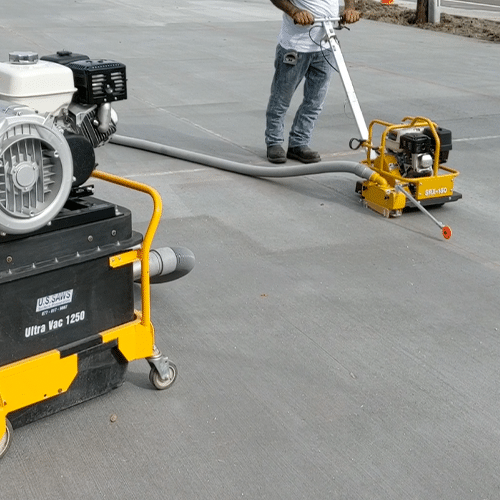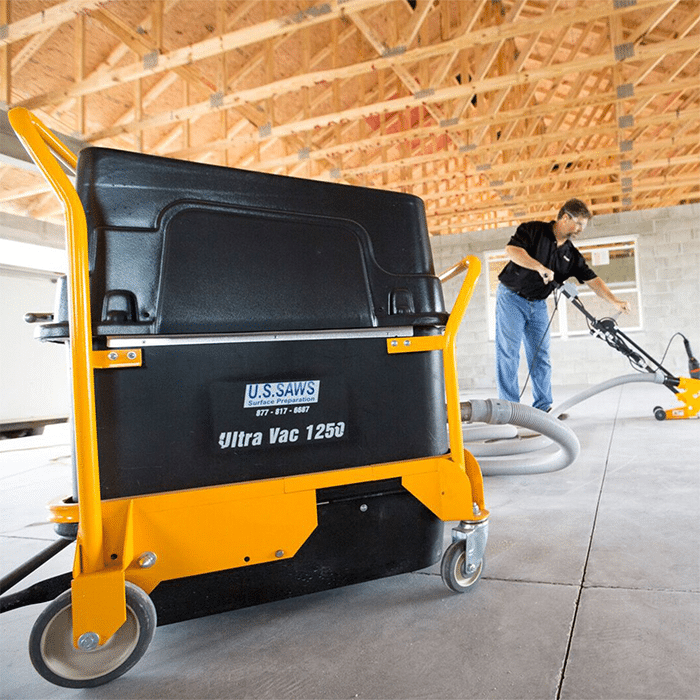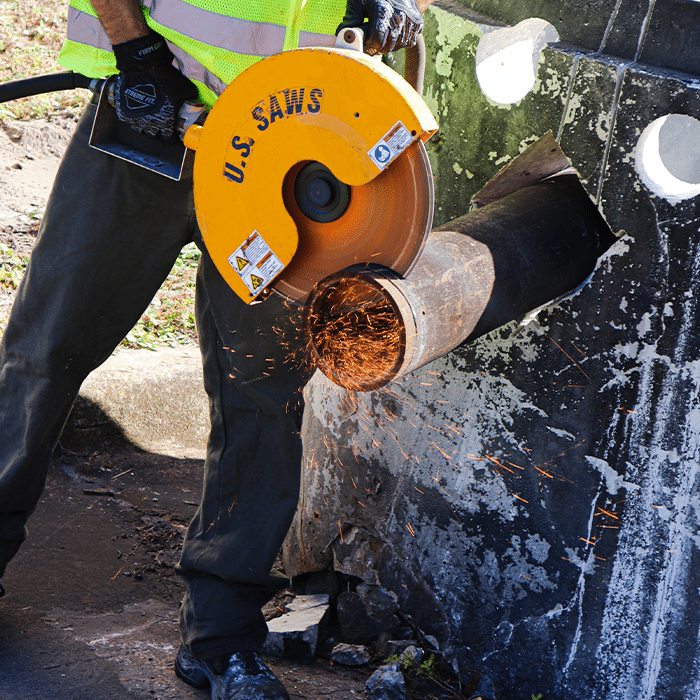Is there anything better than the glossy sheen of a freshly finished concrete floor, or perhaps the luxurious softness of brand new shag carpet on your bare feet? unfortunately, overtime, these wonderful features, much like that new car smell, deteriorate, eventually requiring replacement. Surface prep is a labor-intensive project. While significant time is spent discussing methods for surface prep finishing, we also need to explore the beginning side of preparing surfaces for remediation or refinishing. The first step in starting this project is to ensure that all residue from the removed flooring or concrete has been properly and thoroughly removed and the floor is prepped for new sealants. This includes the removal of any carpet glue left behind after the removal process and the sanding or removal of old epoxy coatings to ensure a solid bond. Every contractor knows proper prep is crucial to creating a perfect final product.
Why Is It Important?
Preparation is key! The purpose of refinishing the floor is to create a surface that is better and more appealing than the one being removed. Industrial adhesives and sealers used by contractors for construction projects are made to be long lasting and resist deterioration. Foregoing the proper removal process of these adhesives and sealers during the remediation and refinishing process will provide a substandard finished product. When removing old carpet, for example, it is common for carpet glue to be left behind. Removing this adhesive is important for the quality of the newly upgraded flooring has any leftover residue will cause issues with a newly applied sealant. The sealant will not be able to penetrate the adhesive residue it will leave a portion of your new flooring exposed, allowing for more rapid deterioration. For flooring that already has an epoxy coating, it is important to either fully remove or at least sand down the current epoxy finish in oreder for the new coating to adhere to the surface.
Grind Residue Quickly with Zecs!
While there are multiple products and methods but may be used to remove industrial adhesives and sealants, the goal of most contractors is to use the method that gets it done the fastest and provides the most reliable results. That’s where Zec’s abrasive discs come in. These discs work in conjunction with industrial grinders to take down any industrial adhesive or sealant standing in the way of a newly finished floor. Originating in Italy, the Zec discs are equipped with multiple layers of long-lasting silicon carbide grains. These long lasting and easy to use discs are more efficient than diamond cup wheels because they resist residue buildup that typically occurs with diamond cup wheels. These versatile discs make quick work of epoxies, urethane, rubber coatings, and even paint and rust. They may be used on concrete, wood, and metal surfaces and may be used in wet or dry locations. being able to use these disks in what locations or what surfaces drastically reduces any sanded particulates in the air, which is a great safety feature for all workers.
U.S. Saws is a proud supplier of Zec’s products. They offer multipacks of discs in a variety of grit ratings to ensure contractors have the right tools for the job. No residual adhesive or sealant will stand in the way of the perfectly finished floor when a Zec’s abrasive disc coupled with a U.S. Saws grinder is used for the job!
Don’t let residual debris stand in the way of perfect flooring. Contact U.S. SAWS today discuss all of the things you will do in your free time now that you’ve chosen Zec’s abrasive discs to take over your floor prep.
